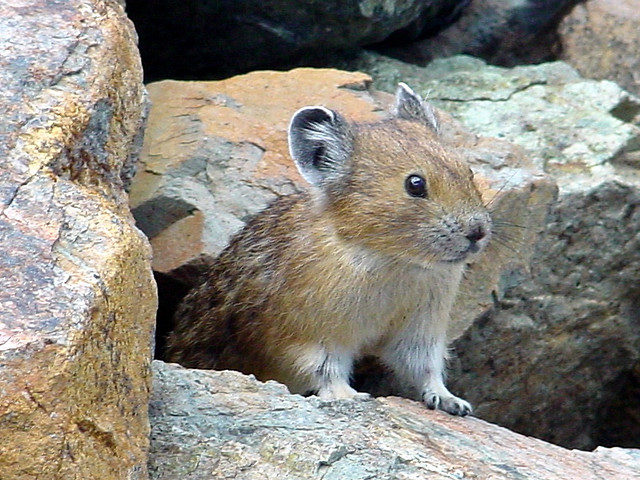Species are going extinct at an alarming rate, and shrinking habitats are an important factor. Everyone agrees on that. But scientists don't agree about exactly how quickly species are disappearing and how they can craft mathematical models to predict that rate.
A new study in Nature claims that the mathematical formula that the scientific community depends on most heavily to predict extinction rates from habitat loss—it's called the species-area curve—always overestimates the pace of extinction. The study’s authors argue, basically, that scientists assume that extinction is the reverse of increased diversity. But, as they say in Jurassic Park, life will find a way, and decreasing habitat doesn't lead as quickly to species die off as expanding habitat leads to species growth.
But “always” is a tricky term. Plenty of scientists can offer examples where the species-area curve made accurate predictions. And others argue that while the alternative offered in the paper might give more accurate results for short-term predictions, the species-area curve gives good results over longer stretches. The upshot: species are going extinct way faster than they should, and the world is more complicated that any one, overarching mathematical formula.



